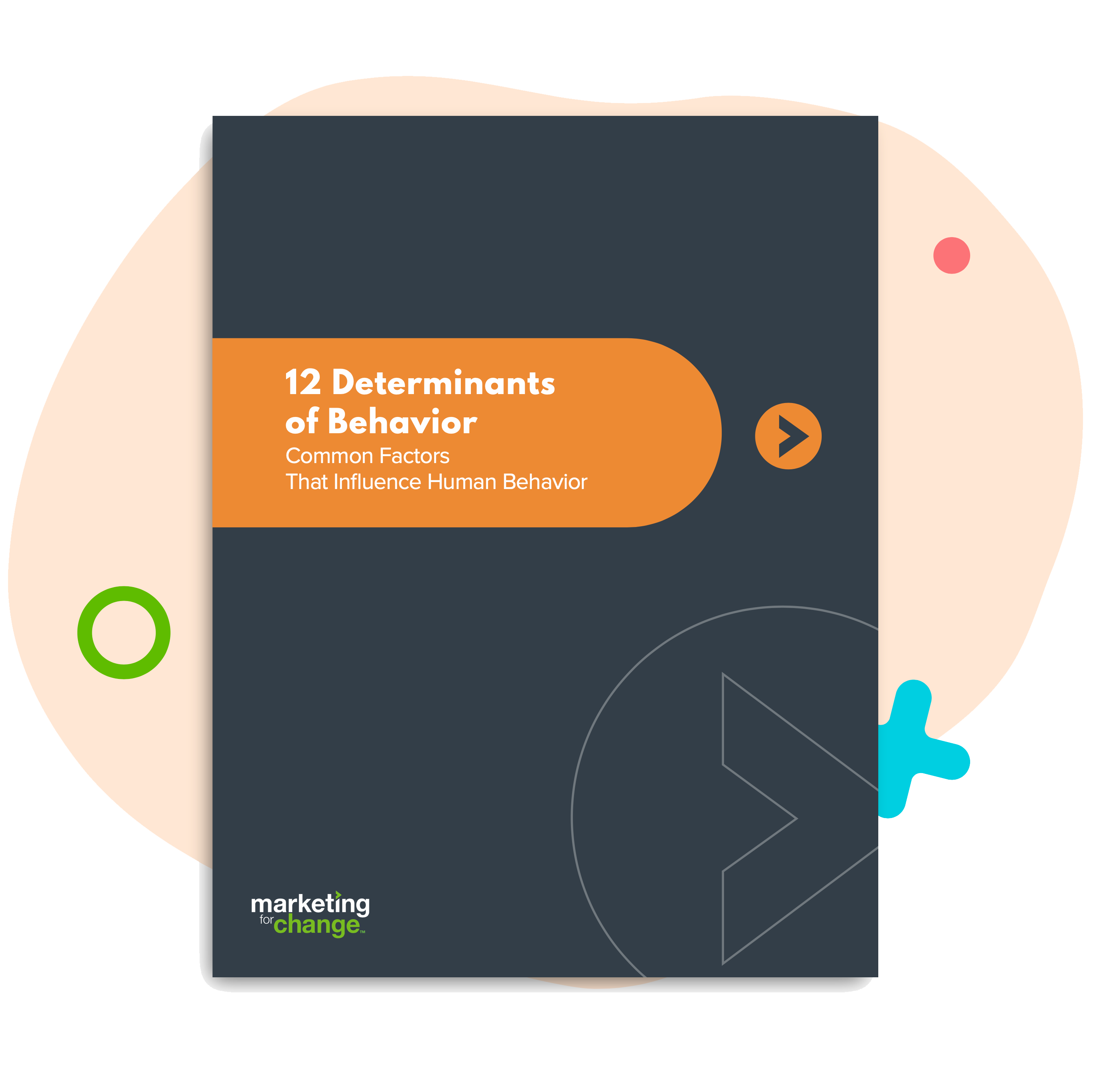
Does It Really Take Gillette for Us to Man Up?
Why was it my razor company, and not some progressive politician or cause I support, that finally hit the right tone for me on the #MeToo movement?
As a guy who founded a firm to make good causes fun, easy and popular, it’s frustrating. I watch Gillette’s ‘We Believe” anthem ad with both admiration and pity: I admire the way the campaign, from Grey, showed how men can be cast as heroes, as fathers and friends calling out what’s wrong and standing up for women. I pity my allies, other feminists (yes, men can be feminists), who missed so many opportunities to do the same.
One story: During the Brett Kavanaugh hearings, a friend of ours (a woman) saw the protest organizers stage-managing who would be seen by the cameras. They asked the men to step back. This is a time for women, they told everyone.
And indeed it was. But at that moment, the organizers had another choice: What if, at that moment, they chose to show not only the righteous anger of women, but also examples of how men could stand with the movement? What did the movement need strategically?
This is not to say that the movement, or any movement, needs male leaders. It is just to say it needs male support, just as it needs female support. Giving up a big chunk of either gender is not a recipe for success. Black Lives Matter needs white support to win at the ballot box. Environmentalists need business support to save the planet. And so it goes. Which brings us back — oddly enough — to the Gillette ad.

The author (and friends) in definite need of a Gillette razor.
It isn’t perfect. It’s not a game changer. (Except maybe for razor sales. We’ll see). But it clearly recognizes two of the most basic realities of marketing (including this kind of purpose-driven marketing or marketing for social causes). They are the two E’s: empathy and examples.
As any novice P&G brand manager knows, you have to empathize with the audience, and that audience is not only your core customer. It’s your next customer, your swing voter, your potential supporter or volunteer. How does it look to them? (Not how it should feel, according to you; how it really feels, according to them).
The brand manager at Gillette (a P&G property) started there. Meanwhile, we, as True Believers, can be blinded by the world we want versus the one we have.
 Then there’s the idea of showing people doing the right thing, not just warning about the wrong thing. Showing examples of what’s right, and how easy it can be. You see a bunch of that in the Gillette ad. Without that, it loses all the inspirational value.
Then there’s the idea of showing people doing the right thing, not just warning about the wrong thing. Showing examples of what’s right, and how easy it can be. You see a bunch of that in the Gillette ad. Without that, it loses all the inspirational value.
So bravo, Gillette, for getting the basics right. Wish our progressive movements did this as consistently as our brands.

Peter is the founder & chief insights officer of Marketing for Change.






